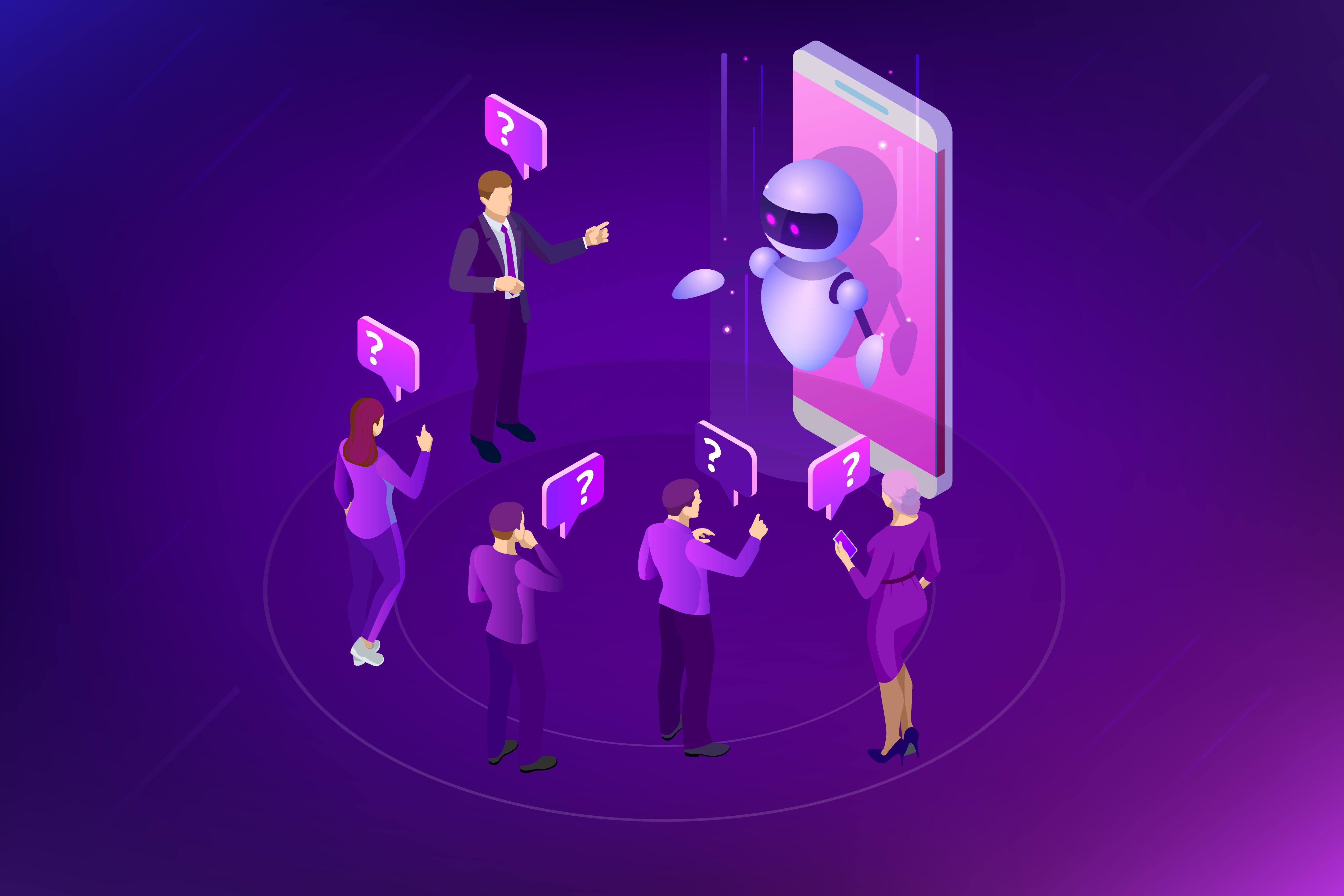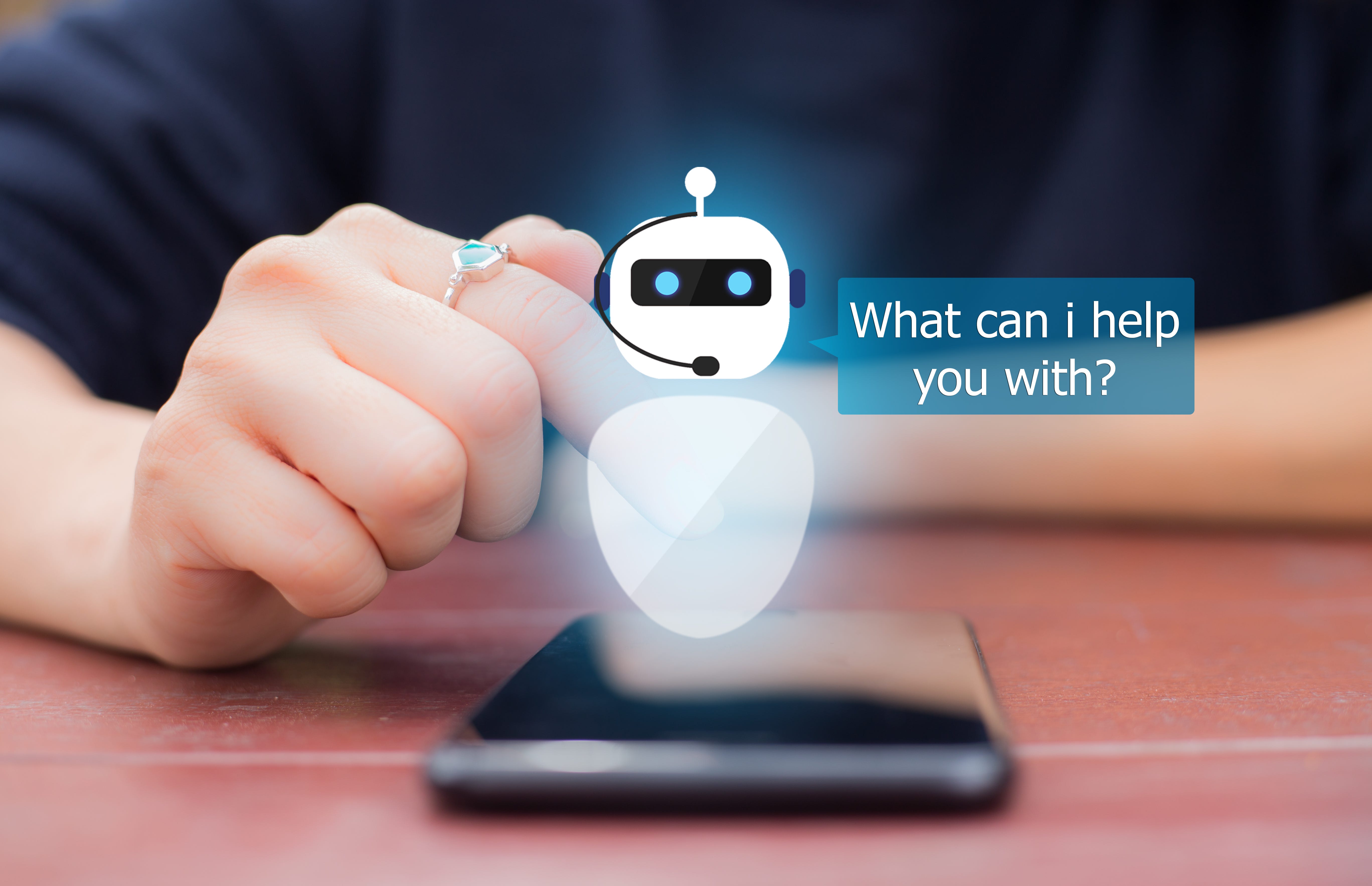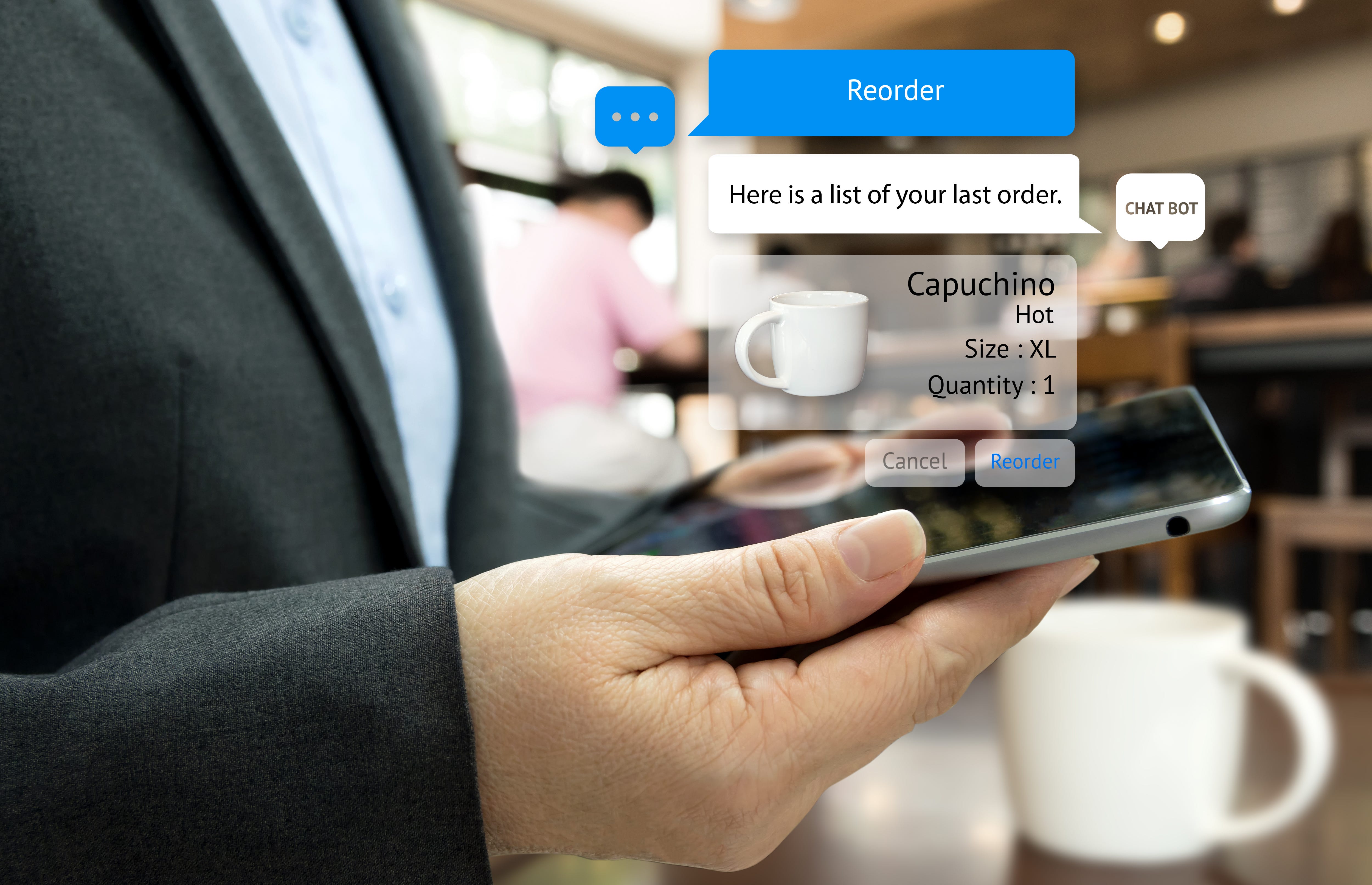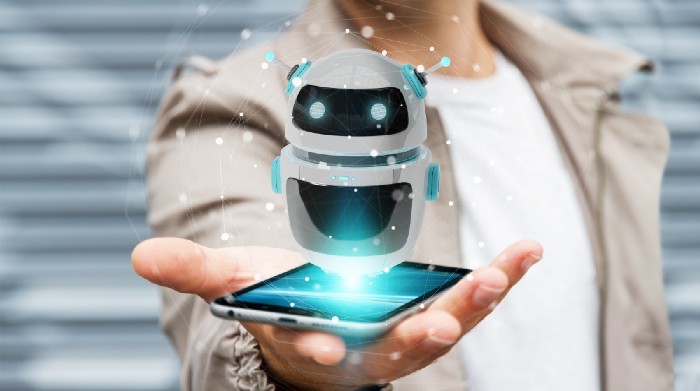The rise of chatbots:
The impact of artificial intelligence (AI) on customer service has been one of the widely debated topics in recent years. With the emergence of chatbots, powered by AI, the brand interactions and customer experience have taken a new shape.

A recent survey by Oracle stated 80% of the brands prefer to use to chatbots in solving customer queries by 2020. A smoother customer experience and quicker problem-solving skills make chatbots a winner.
How is chatbot changing customer communication?
Chatbot helps simplify human interaction with the help of artificial intelligence. A software designed to simulate a conversation with a user in natural language through websites, messaging applications, mobile apps etc.

The question then pop-ups is how are chatbots seen as transforming customer experiences and increase work productivity. This software designed to handle repetitive and mundane aspects of the business such as responding and solving customer queries, processing data, etc. in a manner that is immediate. This has also led employees to focus on more critical and creative tasks. Work productivity has been another factor that is driving more and more organizations to shift to chatbots.
Will chatbots survive in the long run?
Research has shown that despite the advancement of AI and Natural Language Processing, Chatbots are still in a primitive stage. In other words, they are only as intelligent as they are programmed to be. So, there can be situations where chatbots might not be able to give the desired output. This is where the human factor comes in. Human’s empathy and intelligence are needed to solve problems. A chatbot, therefore, can be considered as “the first line of defence and human agents come to play when that line is breached”. (Source: kommunicate). With brands striving to deliver unique customer experiences, it becomes extremely critical that the transition from bot to human agents is smooth and leads to quality resolution.

There can be multiple scenarios which demand bot to human transition. Let’s take a look at few of them:
– The complexity of the issue: As stated earlier, chatbots are only as smart as they are programmed to be. In a situation, where customer queries fall outside the scope of its capabilities, chatbots tend to fail. It is crucial to understand customer intent and respond accordingly or suggest an alternative. But the majority of the chatbots are not programmed to understand specific scenarios. This requires human handover.
– Understanding user sentiment: It is essential to sense if the customer interaction is going the right way. It is known that “natural language process and sentiment analysis” have trained bots in a manner capable to comprehending mood of the user. At any moment, the chatbot senses “the user is edging on frustration, it can simply slip in “Chat with a human agent” as an option. The end-user can then select the option if he believes the chatbot to be incapable of solving his problem.” (Source: kommunicate)
– User preference: Chatbots are fed in data based on the possibilities of any given situation that a user might initiate. One of the ways of executing this by building up a user-driven menu. Chatbots can be trained to provide a few options to the users, which it is capable of handling and an additional option of chatting with a human agent. The human handover automatically happens if the users select the specific option.
Are chatbots here to stay?
With brands shifting to customer-driven resolution, chatbots are here to stay. Understanding the user intend continues to be the significant point of concern. This is yet to be mastered in the manner chatbots are trained based on the business jargons. The human dependency remains, but the focus should be on minimal interaction. The problem that needs immediate attention is how long can a chatbot sustain a conversation without raising the flags of hesitation or frustration. Human handover should come in only at the last stage.
